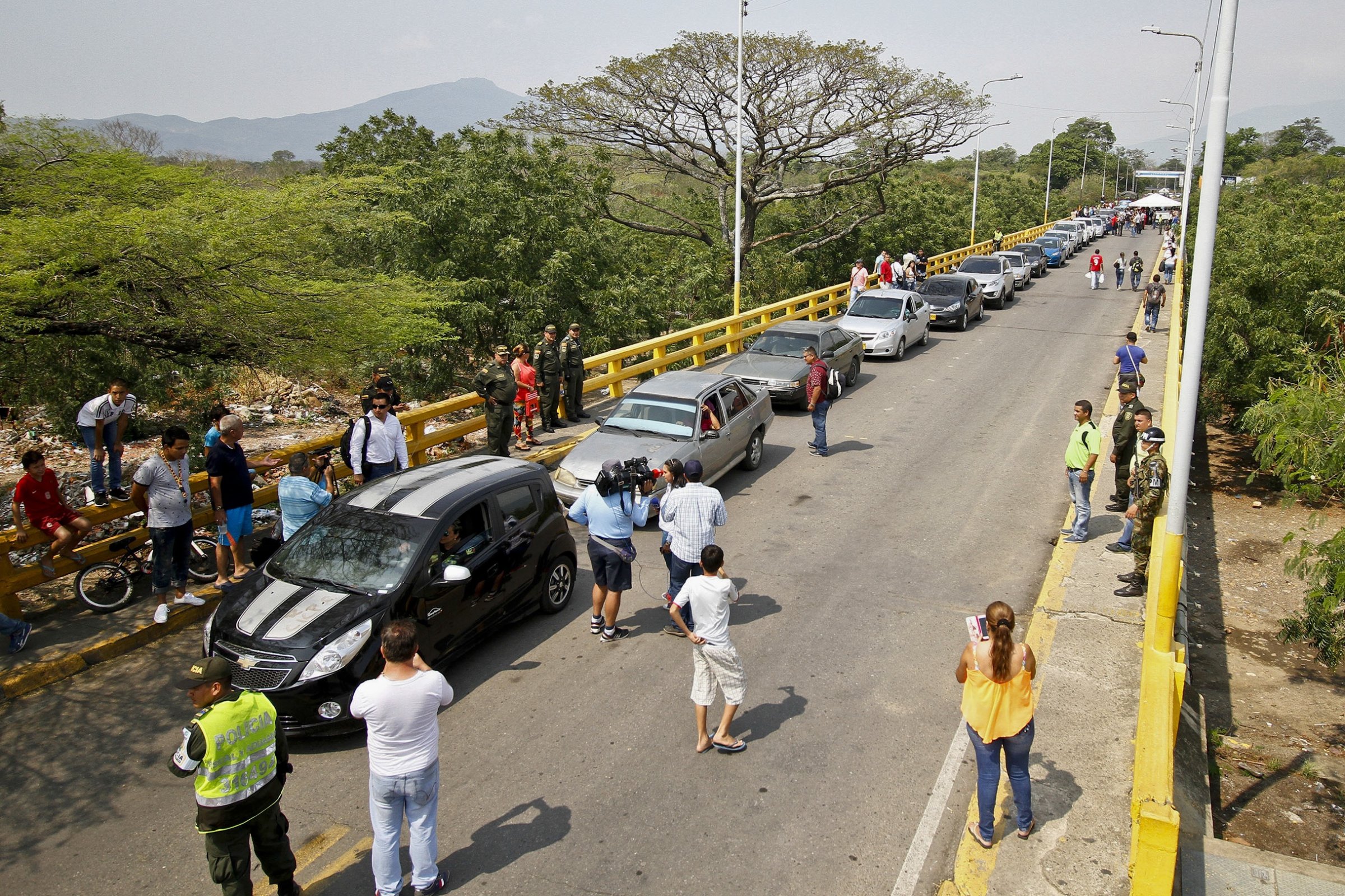
Smuggling is a way of life in the Colombian border town of Cúcuta—and for decades, that’s meant drugs. But in recent years it’s ordinary goods like gasoline or oranges or diapers that make their way from Venezuela to Colombia. The side of the road into Cúcuta is dotted with illegal gasoline vendors, while the shelves of the local stores are stocked with products labeled “Produced for the Venezuelan market.” That’s because the combination of the extremely low valuation of the Venezuelan Boliviar—it takes 800 boliviars to buy a U.S dollar compared to just 200 one year ago—and the strong price controls that the Venezuelan government has applied to many basic goods has made it extremely profitable to buy just about anything cheaply in Venezuela, and smuggle it into neighboring Colombia, where no such price controls exist and the local currency, the peso, is significantly stronger.
Read More: Baseball’s Venezuela Talent Pool Dries Up Amid Economic Devastation
Venezuela is hurting—for the second year in a row, Bloomberg has ranked the Venezuelan economy “the most miserable economy” and the IMF predicts that the country’s inflation rate will hit 720 percent this year, up from 141.5 percent near the end of last year. For comparison, the U.S. has maintained an inflation rate between one and five percent over the last decade. Venezuelan President Nicolas Maduro has repeatedly blamed both the smuggling and the migration of people into Venezuela to take advantage of the highly subsidized health and education for his country’s economic woes.
But the truth is that Venezuela’s economic problems have been building since before the time of Maduro’s predecessor, President Hugo Chavez, says Adam Isacson, a Colombian security expert at the Washington Office on Latin America. Ninety-seven percent of Venezuela’s export revenue comes from oil, which leaves the country high and dry when oil prices crash—as they have for the past several months. With oil prices around $30 per barrel for much of this year, Venezuela is making only $30 billion per year off of exports to support a country of over 30 million people. “It’s amazing they have managed to stay afloat this long,” said Isacson.
Additionally the Venezuelan government artificially controls the exchange rate for its cash. This has led to the rapid decline in the value of the currency. The government has responded by simply printing more money–in February 36 Boeing 747 cargo planes delivered at least 5 billion new bank notes to the country. The currency has become so worthless that it costs more to make a color photocopy of a 100-boliviar bill than the bill is even worth. “You put all these things together and it’s crippling,” said Isacson.
After Hugo Chávez: Photographer Searches for Venezuelan Identity
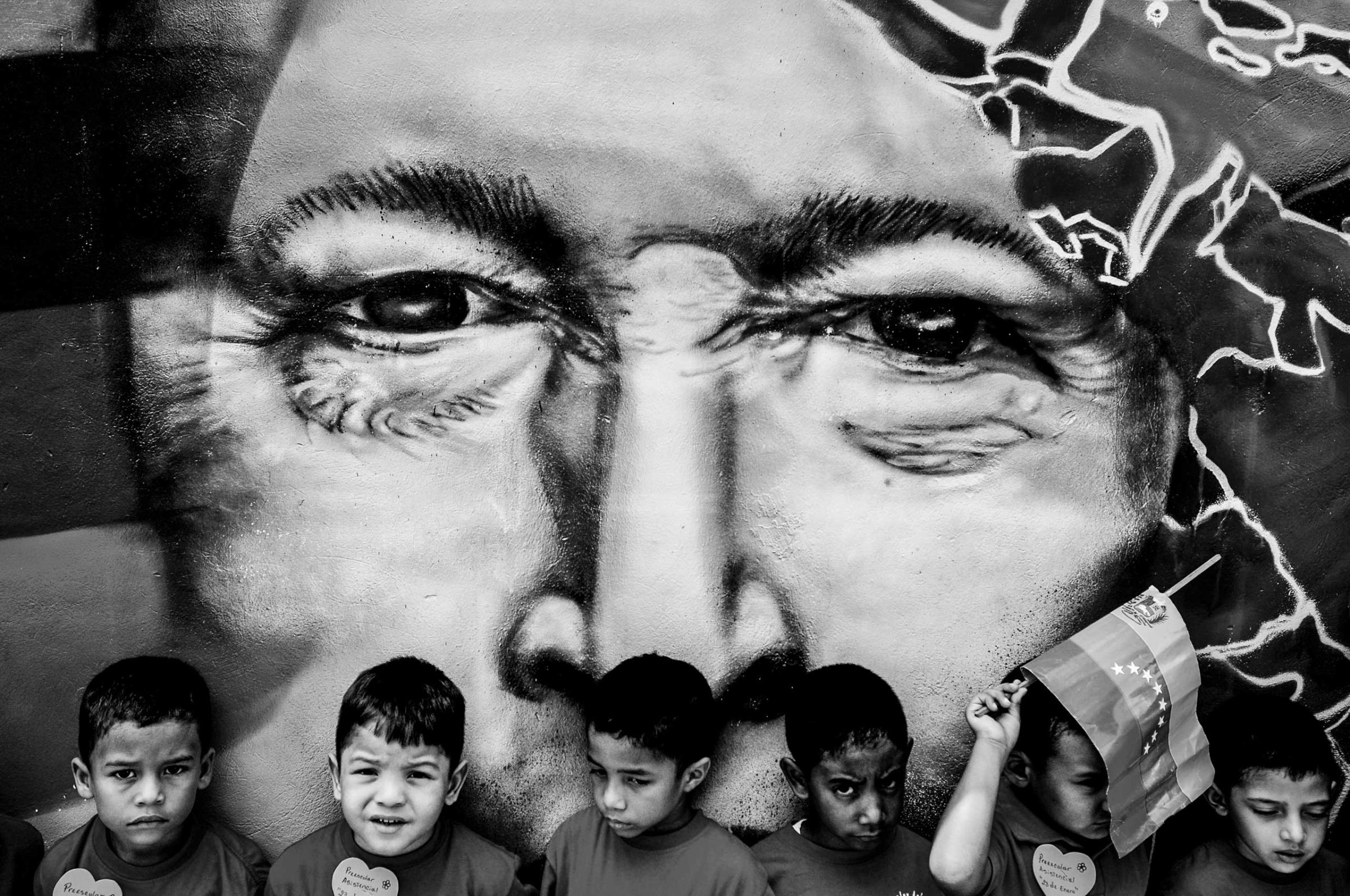
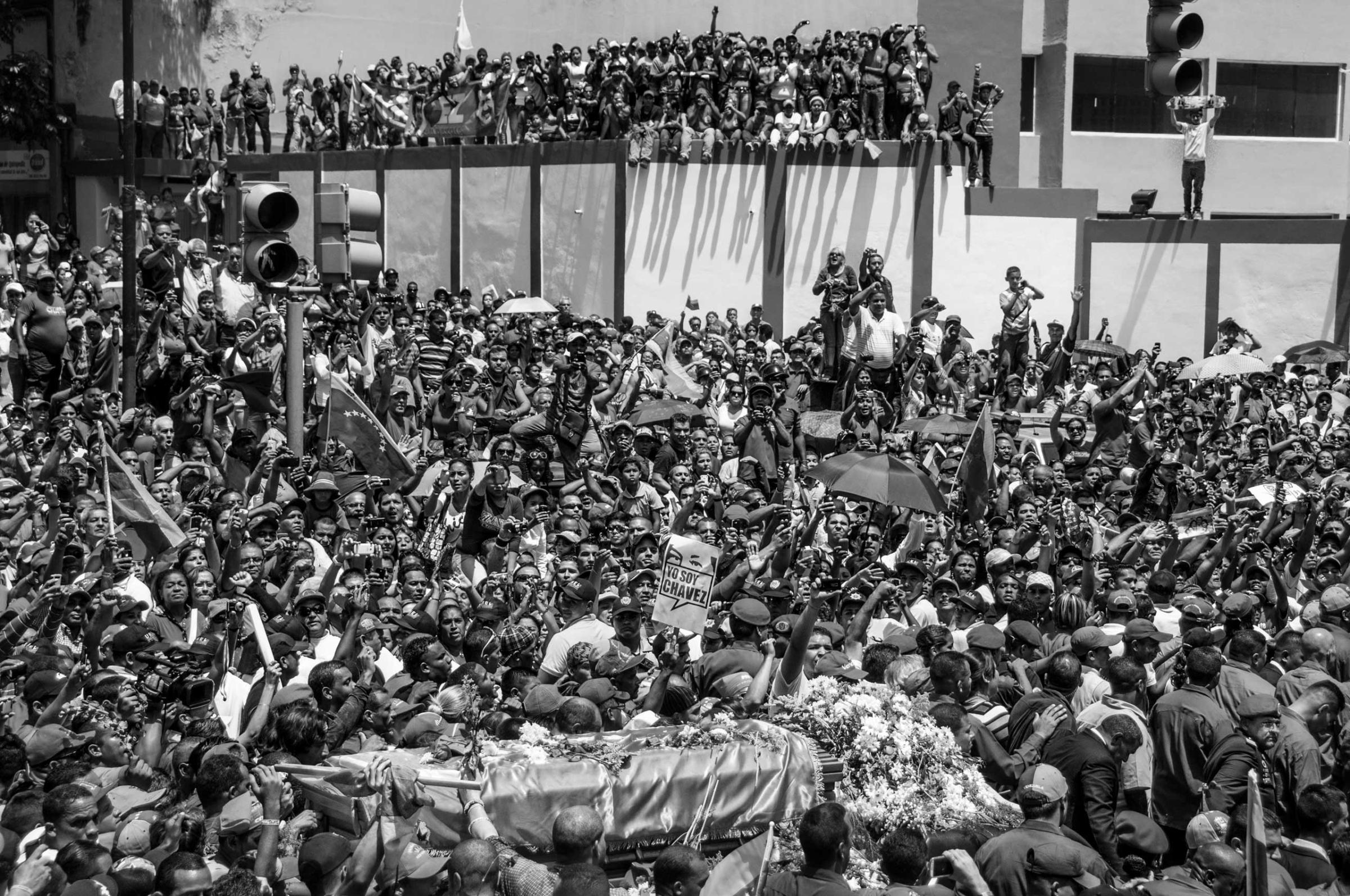
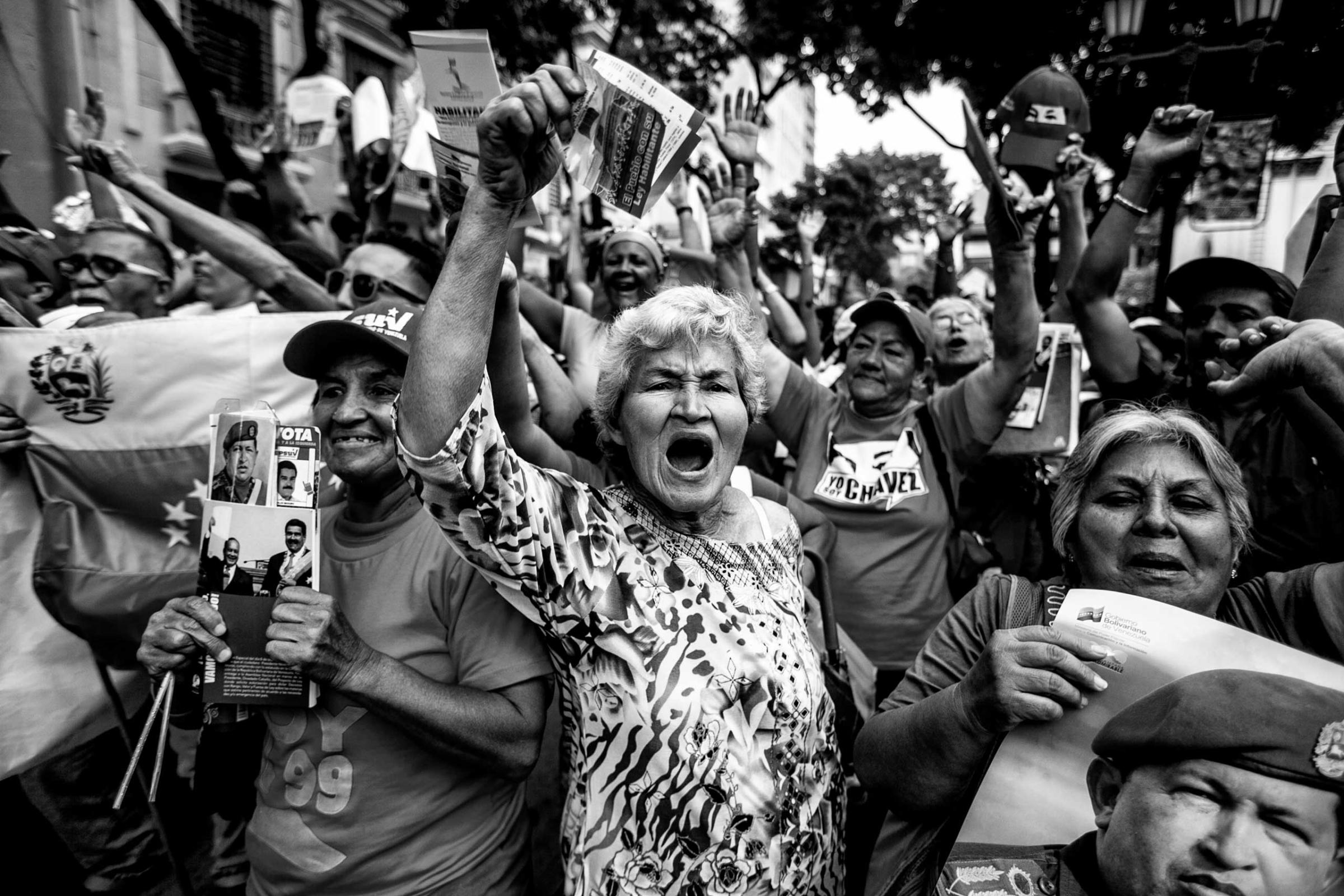
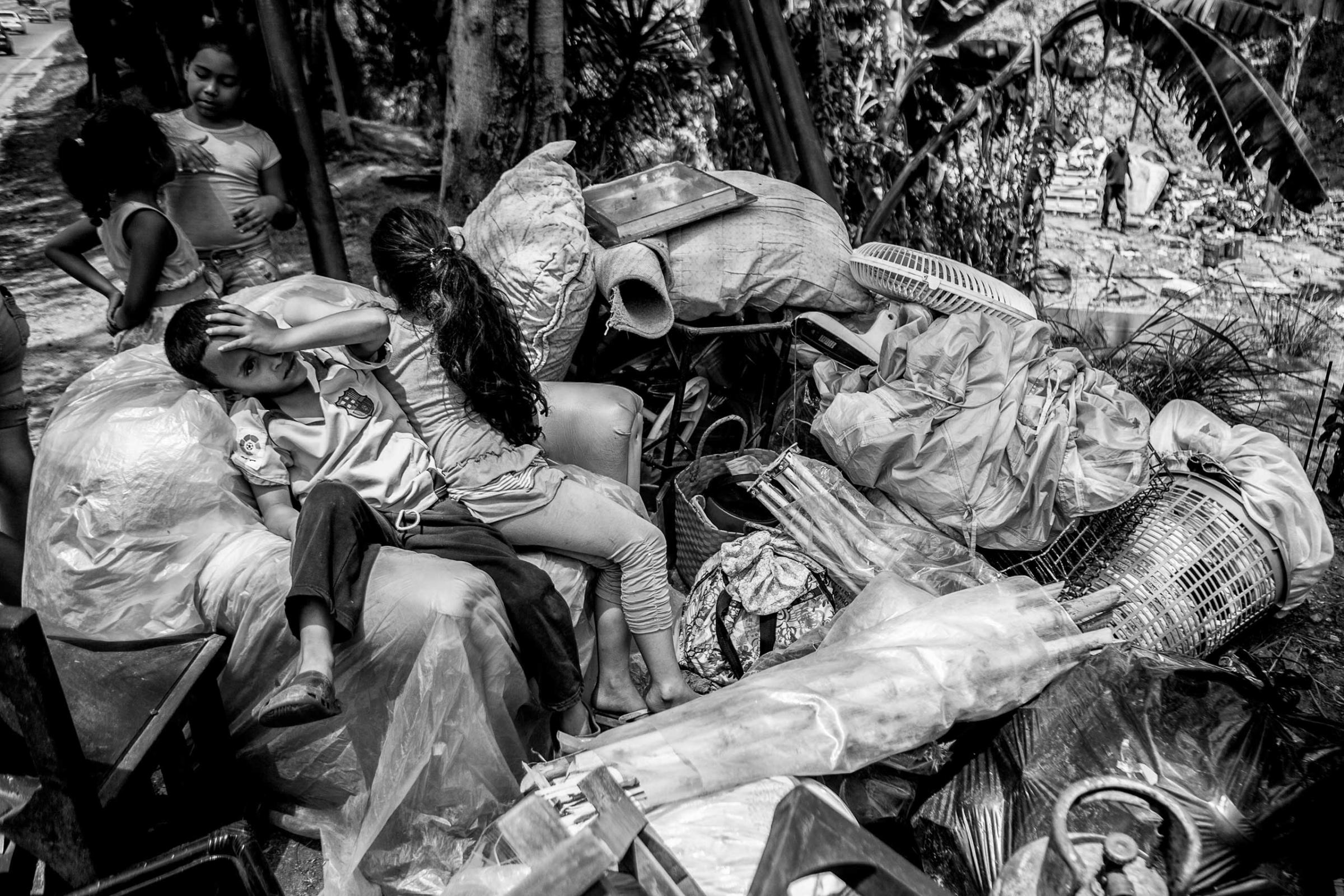
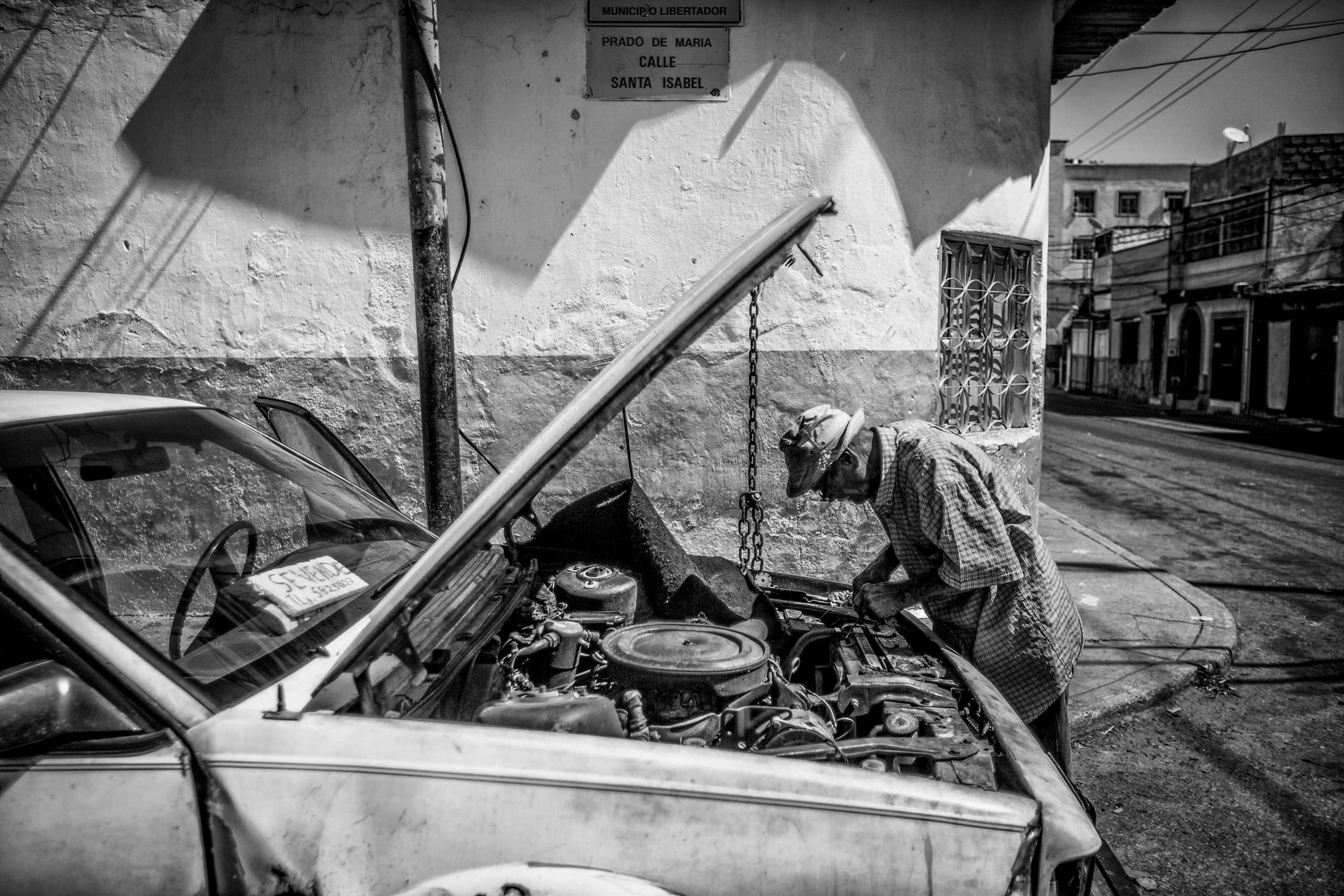

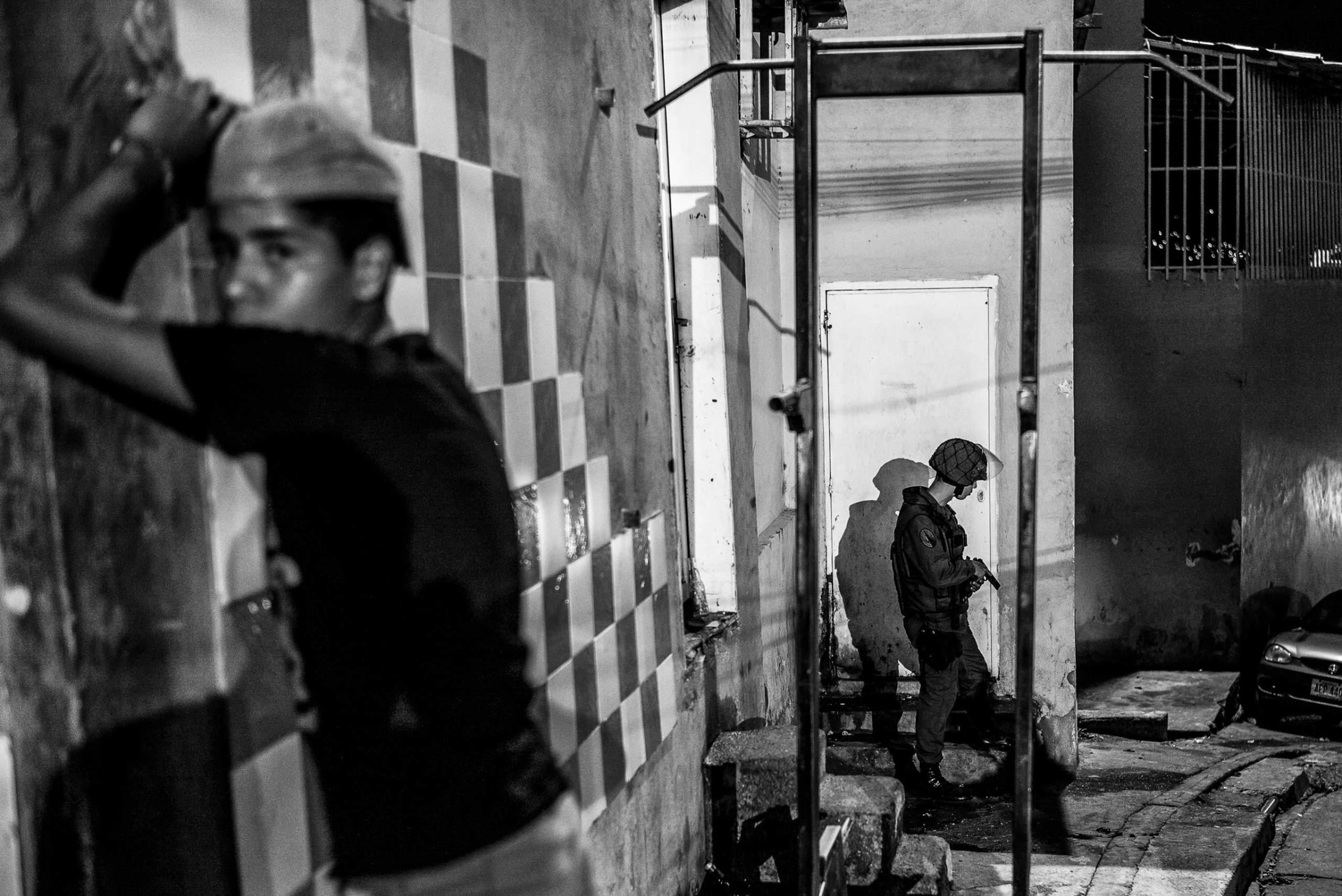
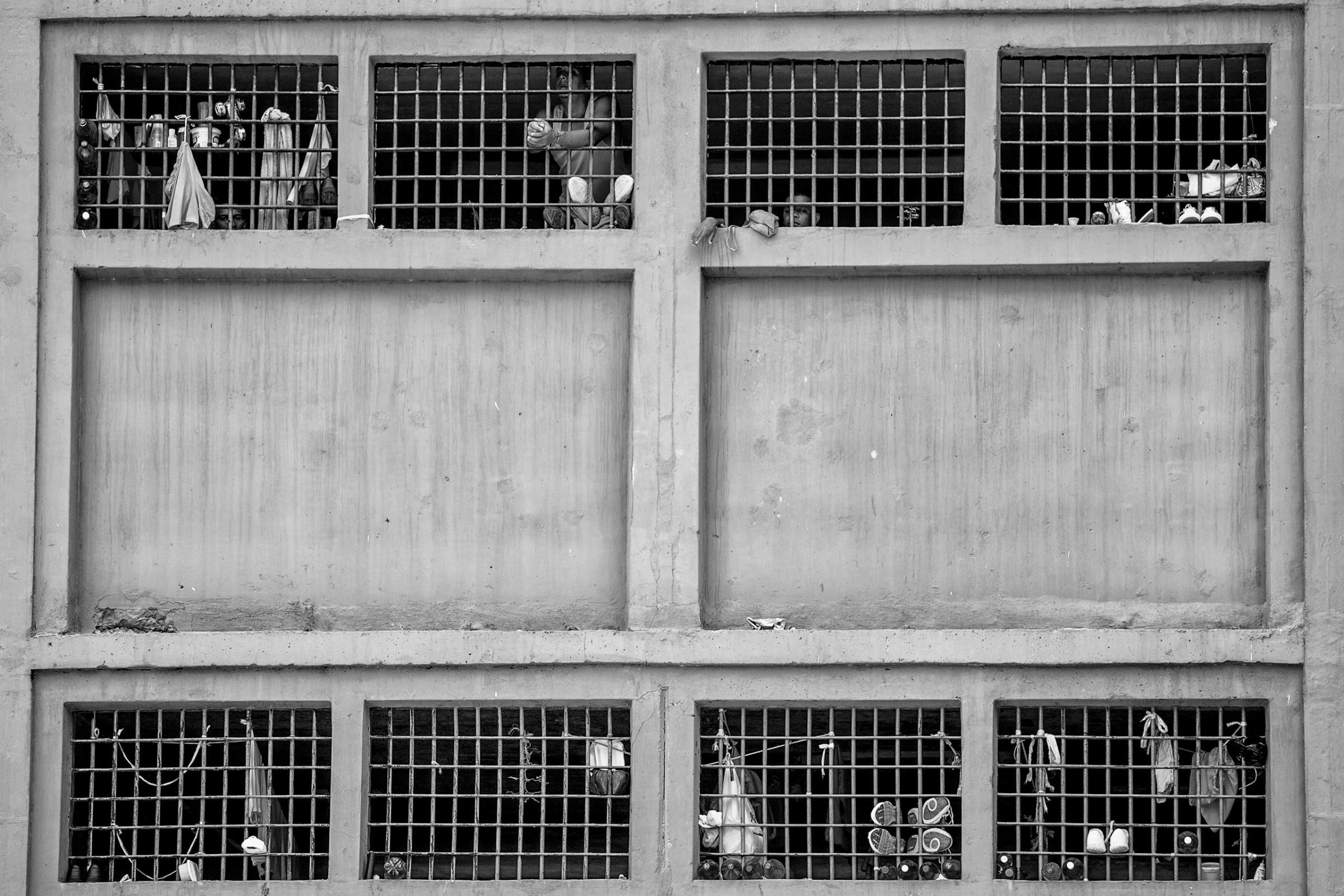
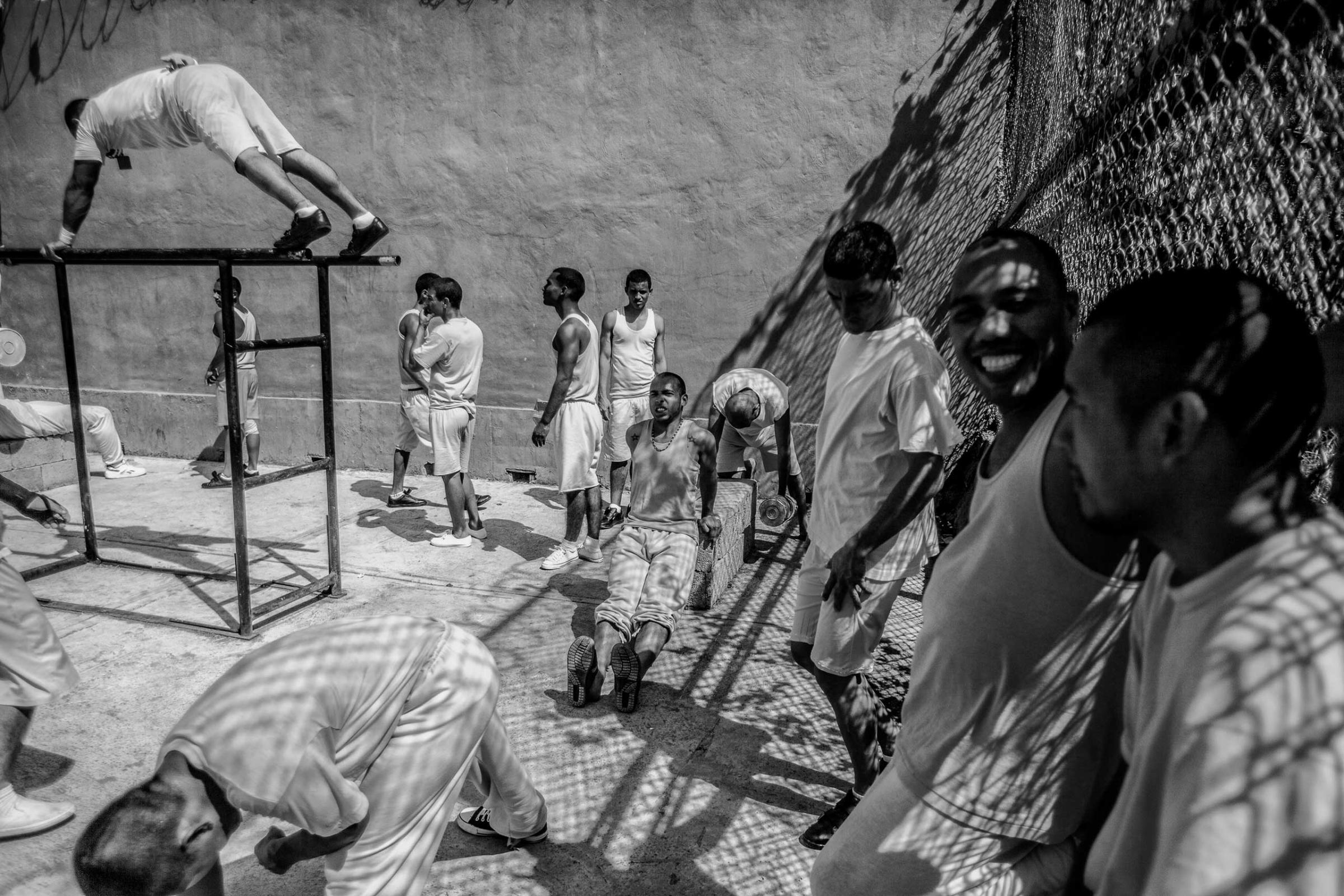
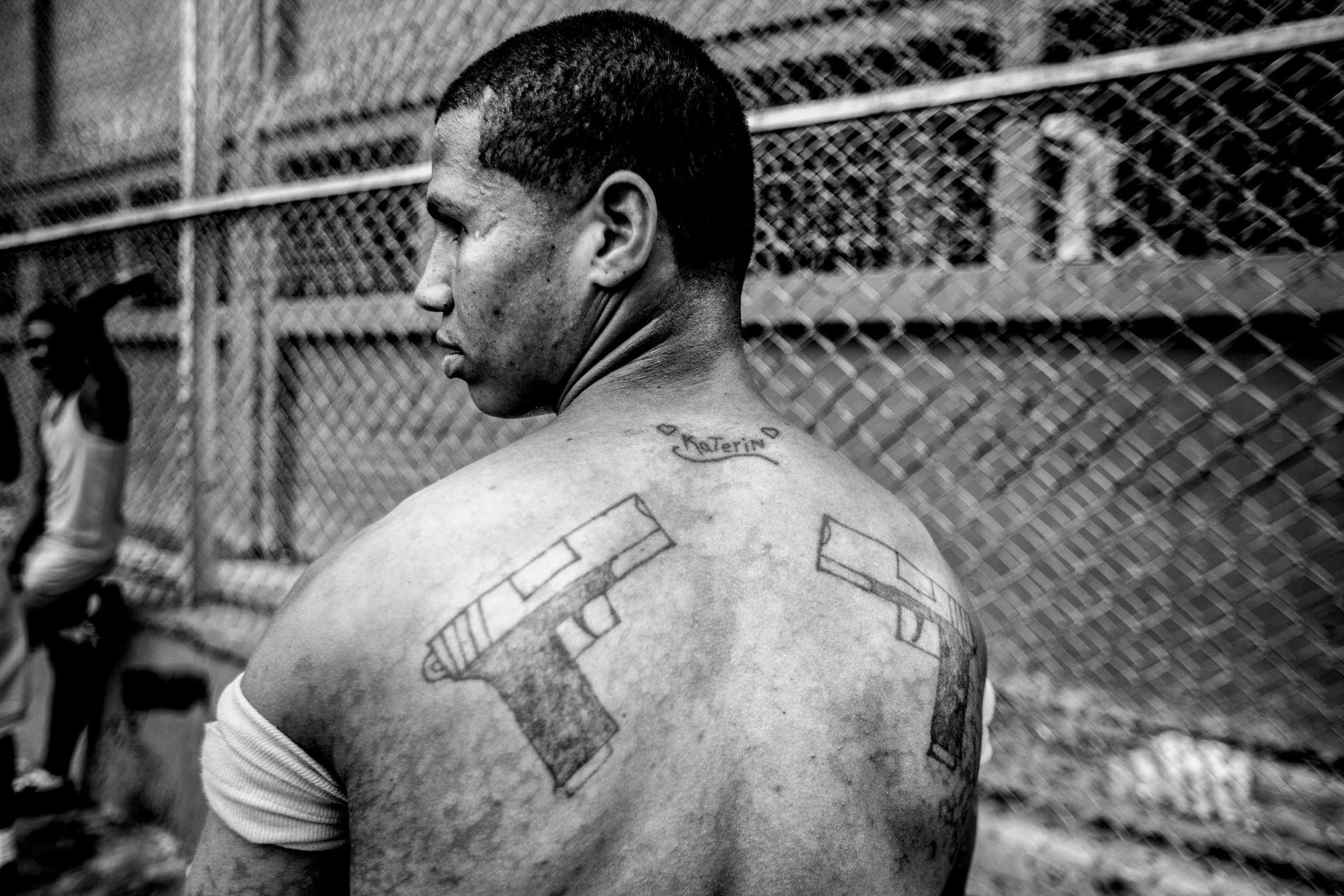

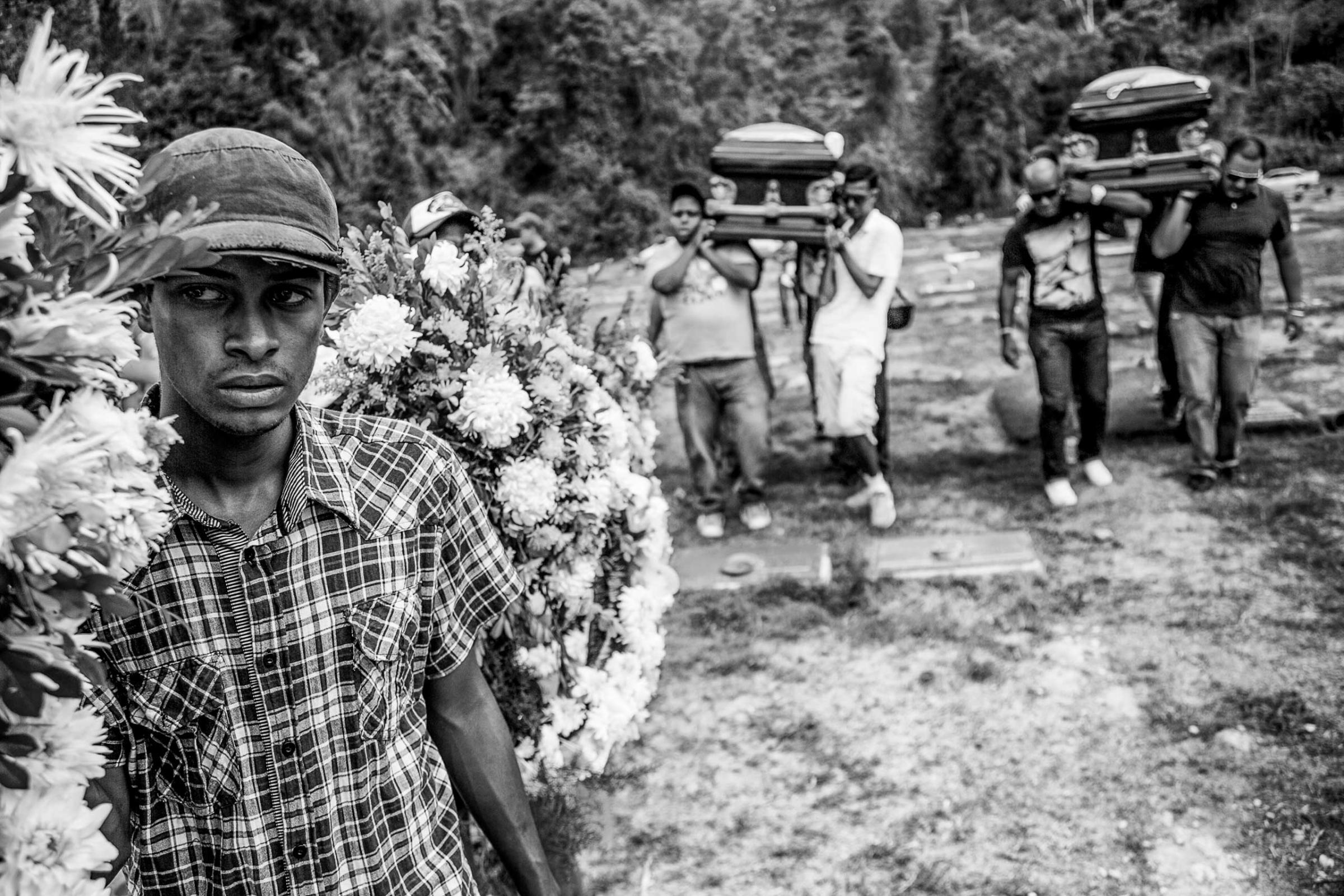
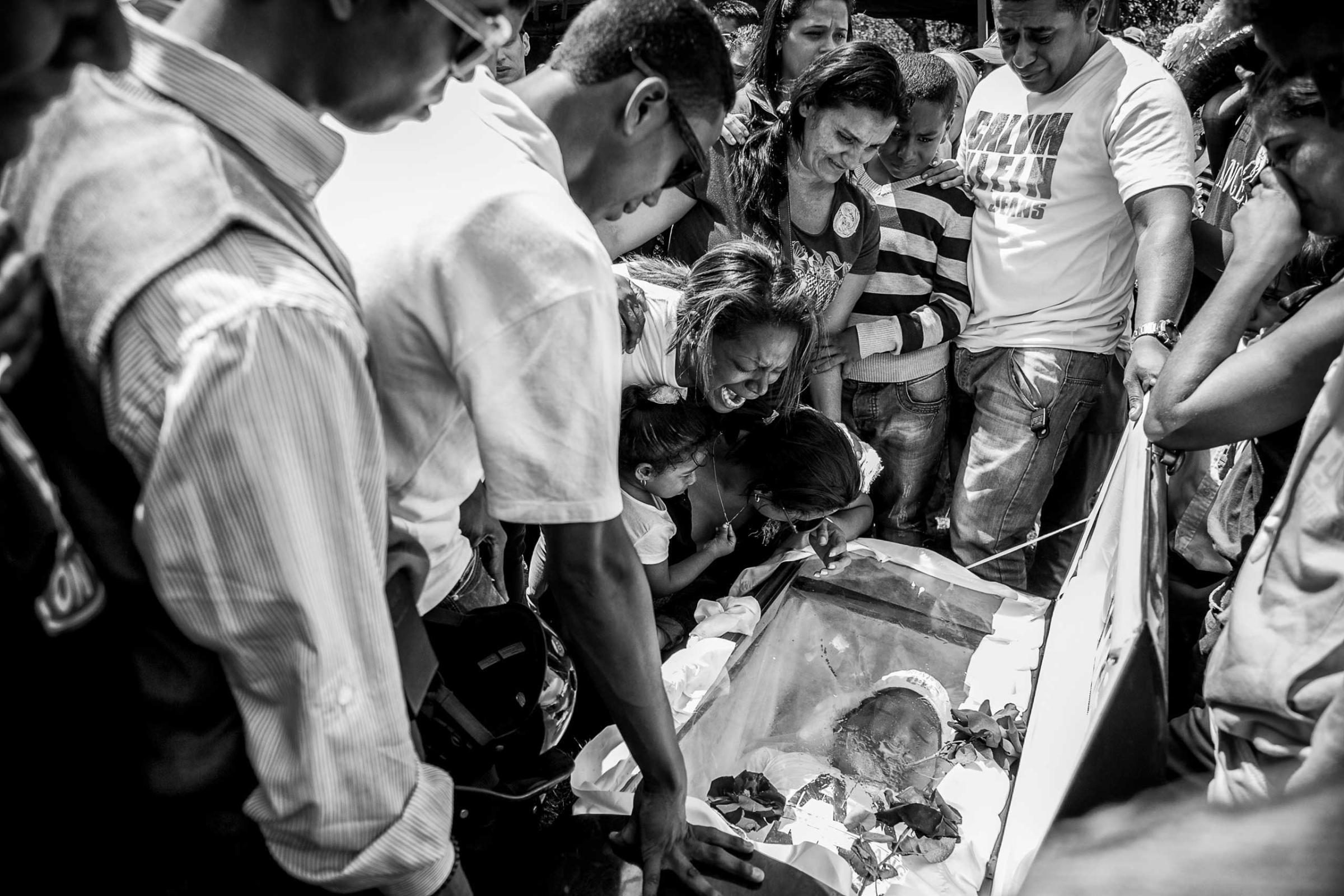
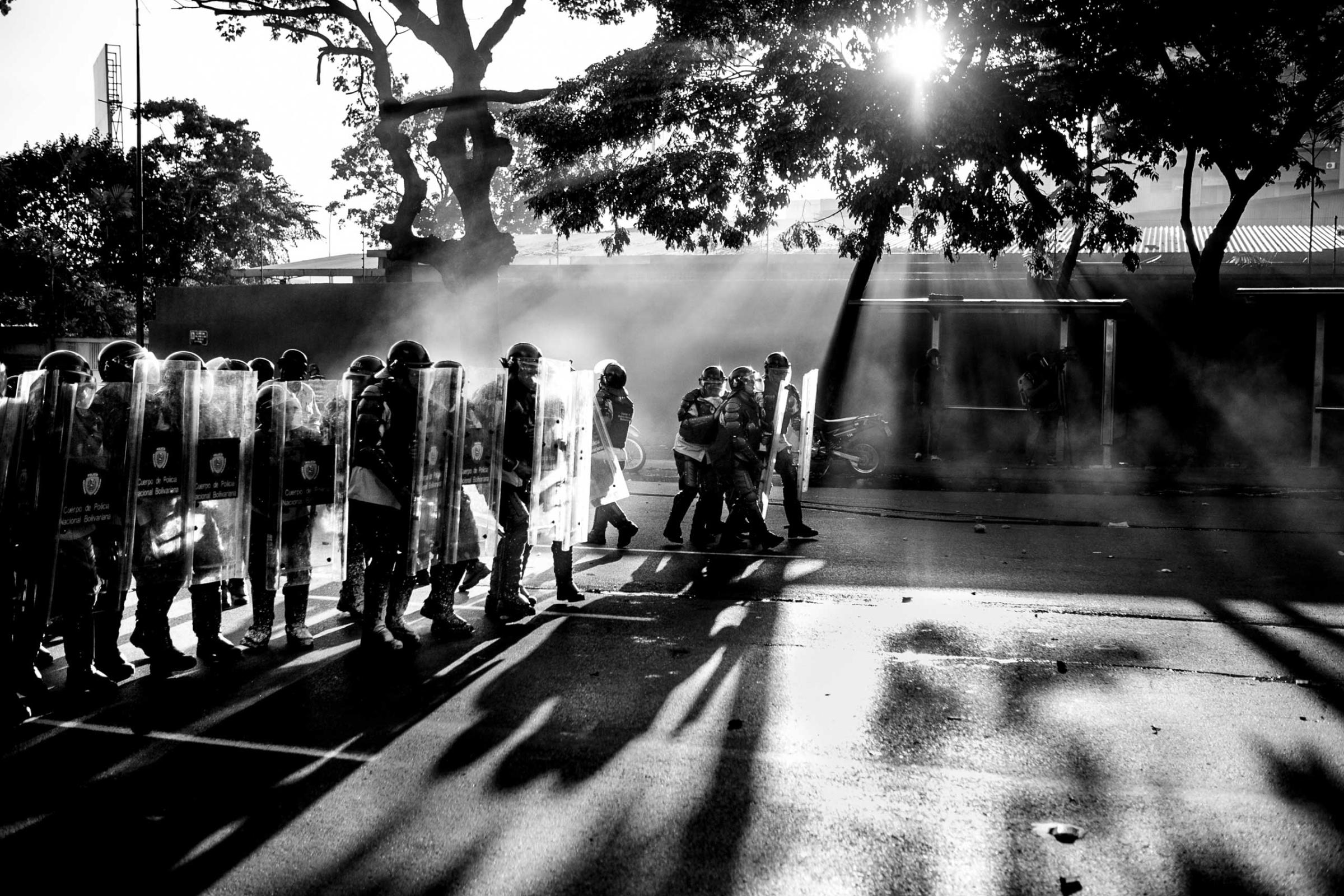


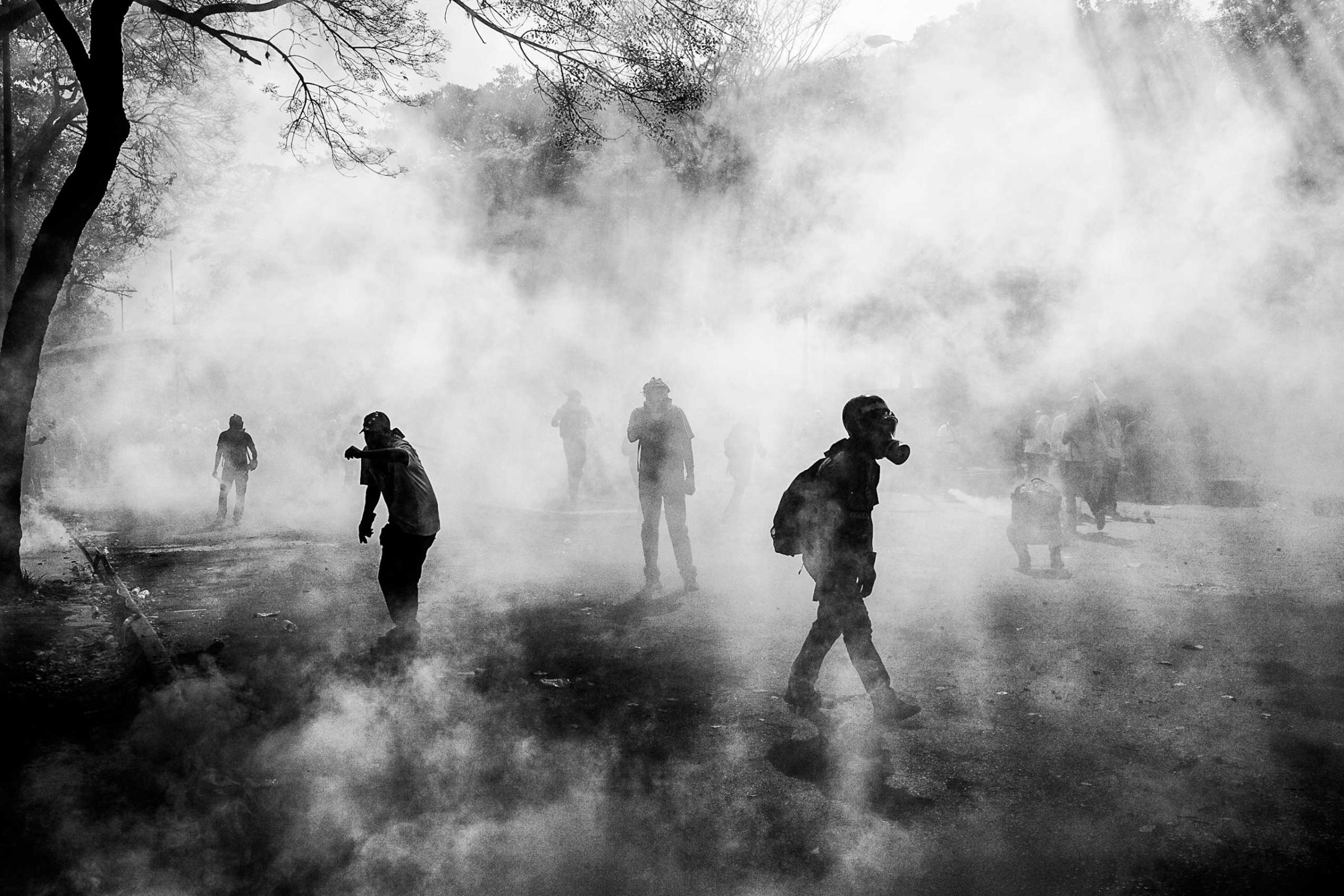

The economy along the border of the two nations has always been based in smuggling. In the past that smuggling was relegated to cocaine and heavily-subsidized gasoline, with one U.S. official saying last year that more than half of all the cocaine leaving Colombia first passes through Venezuela before entering the international market. Petrol too is a popular good to move. “Maduro has raised the price of petrol in Venezuela but its still the cheapest fuel in the world and at this price its not going to make any dent in the contraband industry,” says Jeremy McDermott, co-director and cofounder of InSight Crime, a think tank based in Medellin that covers organized crime in the Americas. “The profits of the contraband industry are so huge that it has corrupted the officials on both sides of the border.”
Though Maduro announced a crackdown on smuggling last year and closed the major border crossings, the financial incentive to keep goods flowing is high. McDermott estimates that the smuggling trade is back up to previous levels. And Colombian smugglers like Gabriela and Camila—two sisters in their 30s, each divorced, who work to support their mother and multiple children—are part of the reasons why.
Early each morning Gabriela and Camila hitch a ride along a road that runs north from Cúcuta and traces the river that makes up the border between Colombia and Venezuela. They head past the small city of San Faustino and across the river into Venezuela. Once there, they meet a local who has purchased about 60 kilos of beef at the Mercal, the state subsidized supermarket, for the equivalent of just $54. By the end of the day that same quantity of meat will be on a market shelf in Cucuta, where it will sell for over $200.
On one recent morning, the sisters hitched a ride back to Cúcuta from Venezuela. Along the way they had to pass back through San Faustino, where a police check point was established to crack down on just this kind of smuggling. Their car was stopped, and as police officers began to inspect the plastic bags of meat in the trunk, Camila slipped a 10,000-peso bill–worth just over three dollars–to the police officer. After initially expressing concern over the goods, he decides everything is fine and allows the car to continue on.
Read More: Venezuela’s Opposition Announces Plan for Peaceful Coup Against Maduro
The sisters explain that the bribe is daily cost of business. Since they are small-time, their rate is low, but for those engaged in larger operations the bribes can be as high as $25 per shipment. San Faustino is sleepy town that comes alive at night, thanks to the smuggling trade. Though it is nowhere near an official border crossing, fully-loaded semi trucks rumble through the night along the patchy and sometimes dirt road, headed for Cúcuta, a town of 650,000 that’s more than an hour away.
The neighborhood of Escobal in Cúcuta was once a busy and free-flowing crossing point between Venezuela and Colombia. Now, under orders from Maduro, the bridge has been blockaded to prevent any vehicles from passing, while police and customs agents check the papers of those who cross by foot. Even here, a location actively monitored by law enforcement, the smuggling is obvious. Those crossing east into the Venezuelan town of Ureña are usually empty handed or just carrying a backpack. Those on the return path lug huge bags, often working in pairs just to carry the weight. Inside is everything from baby diapers to cooking oil to cigarettes—all illegal imports, all much cheaper in Venezuela than in Colombia.
These commuters are mostly Colombian citizens who lived in Venezuela for years before Maduro announced a crackdown on both smuggling and migration following the murder of three Venezuelan soldiers who were looking for smugglers late last year. The government expelled over a thousand Colombians, while another 20,000 fled back over the border out of fear. Maduro accused many of the banished Colombians of being part of paramilitary groups and involved in the long-running Colombian civil conflict between the government and various paramilitary forces. However, many of these same people had originally fled into Venezuela to escape violence in Colombia, and were now being forced to return.
After months of negotiations, the two governments agreed to allow some Colombians to return to Venezuela for schooling or health care. But the border remains officially closed at night. In a land with rule-of-law that is vague at best, however, simply closing bridges at night isn’t anywhere near enough come to stop the flow of contraband across the border, though it has pushed much of the activity to more rural areas.
Read More: President of Chile: The Americas Are Stronger Together
Less than a quarter-mile downstream from the official crossing point in Escobal, young smugglers gather on the under the shade of tropical trees on the riverbank waiting for work. Using their rugged motorcycles, they spend the day and night ferrying people across the border who don’t have the proper papers to cross the nearby bridge, or they pick up contraband brought back over the river by hikers or people on bicycles and deliver it to the market towards the center of Cúcuta.
They might appear harmless and disorganized—but they’re not. A ruthless paramilitary group controls this territory, like each of the areas along the border. Within Cúcuta there are about a dozen such groups, and they have a well-earned reputation for violence. Paramilitary-related murders are common in this part of Colombia. For many years Cúcuta was a stronghold of an armed criminal group called the Rastrojos, but they have weakened in recent years and since 2011 the Urabeños, one of the most powerful criminal organizations in Colombia, has taken control of the contraband hub, according to InSight Crime, a foundation that studies organized crime in the Americas.
Less than a thousand feet away from the riverbank is a police station. The motorcycles travel right past with their freshly smuggled contraband. Those police officers, like the majority of the police officers charged with cracking down on smuggling in Cúcuta, are paid off, explained “El Jefe,” a smuggler who has been in the business for decades and who served three years in prison after getting caught smuggling cocaine several years ago. He got out of the drug business, but still runs a profitable commodity depot where smugglers drop off and repackage goods coming from Venezuela. In Cúcuta there is an unspoken rule: as long as the officials remain paid off, business continues as usual. “The few times that local police make big busts, it is often a punishment for a certain group of smugglers failing to pay off the proper authorities,” said El Jefe.
The majority of contraband moves over the border at night and arrives at the Cúcuta market called Cenabustos in the early hours of the morning. At 1am wood-paneled trucks start pulling into large parking lots outside sprawling warehouses. They are filled with rice, citrus, onions, potatoes, plantains and any other kind of produce or commodity subsidized by the Venezuelan government. The citrus gives away the smuggling operation. Citrus isn’t produced in Cúcuta or any of the surrounding areas, which means it must have come from Venezuela
But much of the cargo is set for distribution elsewhere. Some of the fully loaded trucks back up to empty trucks with Colombian license plates. With both ends opened to each other young men transfer the cargo and in the process increase the cost by more than tenfold. In other areas they mix the illegal Venezuelan produce with legitimate Colombian produce so that the authorities have a harder time figuring out where the contraband is.
As the sun begins to rise the trucks head out for the rest of Colombia. Locals say the contents ends up on the shelves of small stores everywhere from Bogotá to Cali. Once the trucks leave the parking lot, the commodities are sold as Colombian goods with Colombian prices.
As the truckloads of smuggled goods make their way into Colombia, Gabriela and Camila head back to Venezuela to pick up a new haul of meat. It is a daily cycle of smuggling in the thriving black market of Cúcuta. At the end of the day the two sisters will make a combined $20 for their day’s work, money will have to support their household of nine people. “There is no other work,” says Gabriela. “If we don’t do this we don’t have money.”
More Must-Reads From TIME
- Dua Lipa Manifested All of This
- Exclusive: Google Workers Revolt Over $1.2 Billion Contract With Israel
- Stop Looking for Your Forever Home
- The Sympathizer Counters 50 Years of Hollywood Vietnam War Narratives
- The Bliss of Seeing the Eclipse From Cleveland
- Hormonal Birth Control Doesn’t Deserve Its Bad Reputation
- The Best TV Shows to Watch on Peacock
- Want Weekly Recs on What to Watch, Read, and More? Sign Up for Worth Your Time
Contact us at letters@time.com